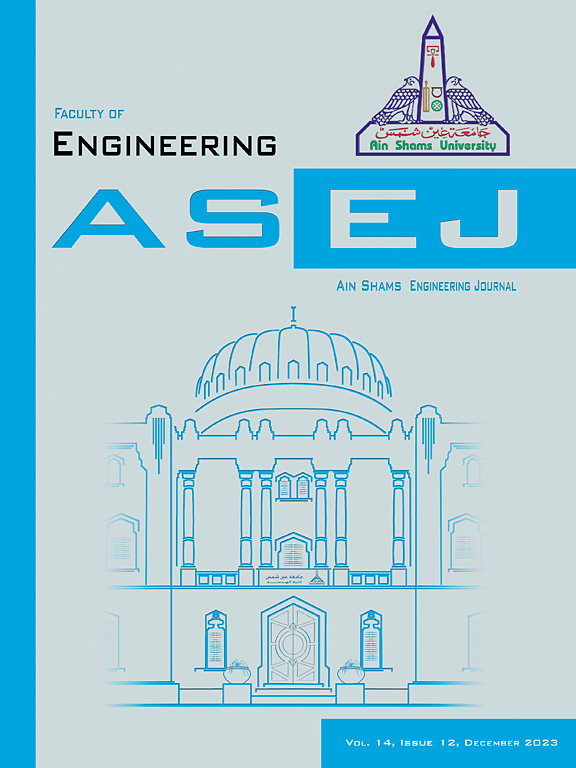具有智能反射面的大规模 MIMO 系统中的动态信道估计:利用哈特里-拉奥因式分解和双线性交替最小二乘法
IF 6
2区 工程技术
Q1 ENGINEERING, MULTIDISCIPLINARY
引用次数: 0
摘要
在具有智能反射面(IRS)的大规模多输入多输出(MIMO)系统中,动态信道估计(CE)对于优化系统性能和确保可靠通信至关重要。由于智能反射面信道的独特特性,传统的信道估计技术并不适用于 IRS 辅助系统。为了解决这种动态环境下的信道估计问题,本文介绍了两种新型信道估计方法:Khatri-Rao 因子化(KRF)和双线性交替最小二乘法(BALS)。第一种方法使用 KRF 高效解决秩-1 矩阵近似问题,并提供闭式解。第二种方法采用迭代交替估计方案。通过分解这些关键信道矩阵的估计值,这两种方法都能提供更准确、更稳健的信道估计,这对于在挑战性环境中优化通信系统性能至关重要。所提出的 CE-KRF-BALS-MIMO 方法根据误码率 (BER)、信号噪声比 (SNR)、归一化均方误差 (NMSE) 光谱效率 (SE) 和计算复杂度等性能指标进行了评估。本文章由计算机程序翻译,如有差异,请以英文原文为准。
Dynamic channel estimation in large-scale massive MIMO systems with intelligent reflecting surfaces: Leveraging Khatri-Rao factorization and bilinear alternating least squares
In large-scale massive MIMO systems with intelligent reflecting surfaces (IRS), dynamic channel estimation (CE) is essential for optimizing the system performance and ensuring reliable communication. Traditional channel estimation techniques are not suitable for IRS-assisted systems due to the unique characteristics of Intelligent Reflecting Surfaces channels. To address the channel estimation problem in such dynamic environments, this paper introduces two novel channel estimation methods: Khatri-Rao Factorization (KRF) and Bilinear Alternating Least Squares (BALS). The first method uses KRF to efficiently solve rank-1 matrix approximation problems with a closed-form solution. The second method employs an iterative alternating estimation scheme. By disentangling these key channel matrices’ estimates, both methods provide more accurate and robust channel estimation, essential for optimizing communication system performance in challenging environments. The proposed CE-KRF-BALS-MIMO method is evaluated under performance metrics like Bit error rate (BER), Signal Noise Ratio (SNR), Normalized Mean Square Error (NMSE) Spectral Efficiency (SE), and Computational Complexity.
求助全文
通过发布文献求助,成功后即可免费获取论文全文。
去求助
来源期刊

Ain Shams Engineering Journal
Engineering-General Engineering
CiteScore
10.80
自引率
13.30%
发文量
441
审稿时长
49 weeks
期刊介绍:
in Shams Engineering Journal is an international journal devoted to publication of peer reviewed original high-quality research papers and review papers in both traditional topics and those of emerging science and technology. Areas of both theoretical and fundamental interest as well as those concerning industrial applications, emerging instrumental techniques and those which have some practical application to an aspect of human endeavor, such as the preservation of the environment, health, waste disposal are welcome. The overall focus is on original and rigorous scientific research results which have generic significance.
Ain Shams Engineering Journal focuses upon aspects of mechanical engineering, electrical engineering, civil engineering, chemical engineering, petroleum engineering, environmental engineering, architectural and urban planning engineering. Papers in which knowledge from other disciplines is integrated with engineering are especially welcome like nanotechnology, material sciences, and computational methods as well as applied basic sciences: engineering mathematics, physics and chemistry.
 求助内容:
求助内容: 应助结果提醒方式:
应助结果提醒方式:


